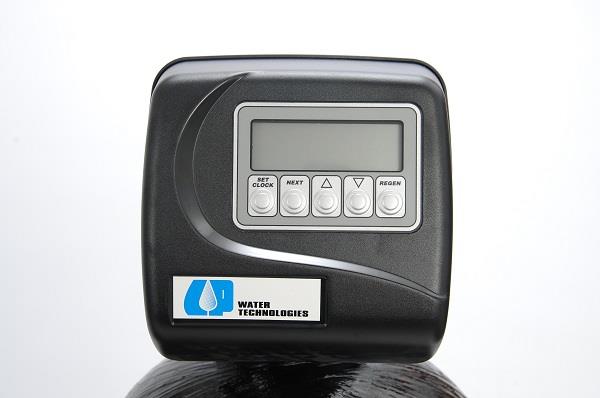Sulfur water can be a nuisance, emitting an unpleasant rotten egg odor that can make your water unappealing for drinking, cooking, and bathing. Fortunately, sulfur filters are designed to combat this issue by removing the sulfur compounds responsible for the odor.
However, like any filtration system, sulfur filters can encounter problems that affect their performance. In this comprehensive guide, we will walk you through diagnosing and troubleshooting common issues with your sulfur filter, helping you restore fresh and odor-free water to your home.

1. Understanding Sulfur Water and Sulfur Filters
What Causes Sulfur Odor in Water? Sulfur odor in water is often caused by the presence of hydrogen sulfide gas. This gas can result from the breakdown of organic matter or the activity of sulfur-reducing bacteria in groundwater sources.
How Do Sulfur Filters Work? Sulfur filters typically use a combination of physical and chemical processes to remove hydrogen sulfide from water. The filter media, often made of activated carbon or other specialized materials, traps the sulfur compounds and neutralizes their odor.
2. Signs of Sulfur Filter Issues
Persistent Sulfur Odor If you notice that the rotten egg odor persists despite the presence of a sulfur filter, it’s a clear indication that there might be an issue with the filter’s performance.
Decreased Water Pressure A sudden drop in water pressure throughout your plumbing system could suggest that the filter is clogged or not functioning properly.
Discolored Water Water that appears discolored or cloudy might indicate a problem with the filter media or its ability to effectively remove sulfur compounds.
3. Diagnosing and Troubleshooting Sulfur Filter Problems
Issue 1: Insufficient Backwashing Causes: Timer settings may be incorrect, or there might be mechanical failures in the backwashing process. Troubleshooting Steps: Check the timer settings and adjust if necessary. Inspect the valves and connections for any signs of damage or blockage.
Issue 2: Media Fouling Causes: Bacterial growth and sediment accumulation within the filter media. Troubleshooting Steps: Perform shock chlorination to eliminate bacteria. Establish a regular maintenance schedule for cleaning and replacing filter media.
Issue 3: Clogged or Failing Filter Media Causes: Filter media could break down over time or become clogged with sulfur compounds and sediment. Troubleshooting Steps: Consider replacing the filter media. Clean the filter media as recommended by the manufacturer to prevent clogging.
Issue 4: Incorrect Installation Causes: Incorrect piping, improper sizing, or other installation mistakes. Troubleshooting Steps: Review the installation guide provided by the manufacturer. If in doubt, consult a professional to assess and correct the installation.
Issue 5: Bypass Valve Problems Causes: The bypass valve might not be properly aligned or could have a damaged seal. Troubleshooting Steps: Adjust the bypass valve as per the manufacturer’s instructions. If the valve is damaged, replace it to ensure proper filtration.
4. Preventing Future Sulfur Filter Problems
Regular Maintenance Establish a routine maintenance schedule to clean or replace the filter media as needed. This prevents buildup and ensures consistent performance.
Professional Inspections Arrange for periodic professional inspections of your sulfur filter system. A trained technician can identify potential issues before they become major problems.
Water Testing Regularly test your water to monitor sulfur levels and water quality. This can help you catch issues early and take appropriate action.
5. When to Seek Professional Help
Complex Issues If the problem seems complex or beyond your understanding, it’s best to consult a professional to diagnose and resolve the issue.
Lack of Experience If you’re not familiar with the inner workings of your sulfur filter system, attempting DIY repairs might lead to further complications.
Safety Concerns Certain troubleshooting steps, such as working with chemicals, may pose safety risks. It’s advisable to involve professionals in such situations.
6. Conclusion
Diagnosing and resolving issues with your sulfur filter can lead to better water quality and the elimination of unpleasant odors. By understanding the common problems that can affect sulfur filters and following the troubleshooting steps outlined in this guide, you can maintain a well-functioning filtration system that provides you with clean, odor-free water for your home.
Remember that while some issues can be resolved through DIY troubleshooting, others may require the expertise of a professional. Regular maintenance, attention to water quality, and a proactive approach to addressing problems will ensure the continued effectiveness of your sulfur filter system.
